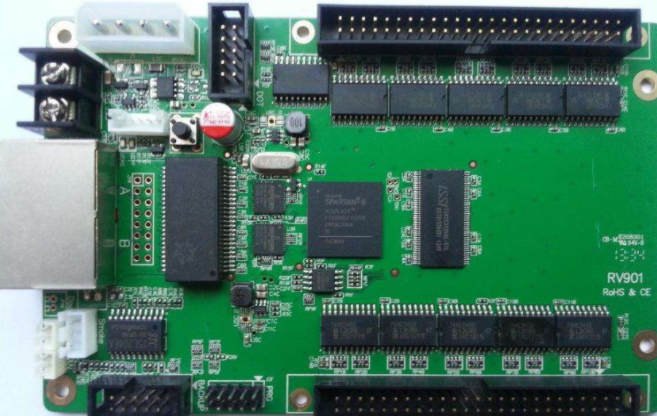Power supply design only for PCB design link:
1. The first is to have a reasonable trend: such as input/output, AC/DC, strong/weak signal, high frequency/low frequency, high voltage/low voltage, etc.. . Their orientation should be linear (or separate) and should not blend with each other. The purpose is to prevent mutual interference. The best direction is a straight line, but it is generally not easy to achieve, the most adverse direction is circular, fortunately, can be isolated to bring improvement.For DC, small signal, low voltage PCB design requirements can be lower. So "reasonable" is relative.

2. Pick a pickup point: The pickup point is often the most important. Small point of contact do not know how many engineering and technical personnel to it has done many discussions, which shows its importance. In general, common ground is required, such as: the multiple ground lines of the forward amplifier should be conjoined and then connected with the trunk line, etc.. . In reality, it is difficult to do so because of various restrictions, but you should try to follow them. The problem is quite flexible in practice. Everyone has their own set of solutions. If the specific circuit board to explain it is easy to understand.
3. Reasonably arrange the filter/decoupling capacitor of the power supply. In general, only a number of power filter/decoupling capacitors are drawn in the schematic diagram, but it is not indicated where they should be connected. In fact, these capacitors are for switching devices (gate circuits) or other components that need filtering/decoupling. They should be placed as close to these components as possible, but too far away will be useless. Interestingly, when the power filter/decoupling capacitors are properly placed, the problem of grounding points becomes less obvious.
4. The line is exquisite, the line diameter is required, and the size of the buried hole through hole is appropriate. Have the condition to do wide line never do thin; High voltage and high frequency lines should be smooth, no sharp chamfering, turning is not allowed to use right angles. Ground wire should be as wide as possible, it is best to use a large area of copper, which docking site problems have considerable improvement. Pad or wire hole size is too small, or pad size and hole size does not fit properly. The former is unfavorable to manual drilling, while the latter is unfavorable to numerical control drilling. Easy to drill the pad into a "C" shape, heavy drill off the pad. The wire is too thin, and the large area of no wiring area is not set up copper, easy to cause uneven corrosion.That is, after the corrosion of the area without wiring, the fine wire is likely to be too corroded, or broken, or completely broken. Therefore, the role of setting copper coating is not only to increase the area of ground wire and anti-interference.
5. Number of holes, solder joints and linear density. Although some problems occur in the post production, but it is brought by PCB design, they are: too many wire holes, a little careless copper process will be buried hidden dangers. Therefore, the wire hole should be minimized in the design. The density of parallel lines in the same direction is too high, and it is easy to join together when welding. Therefore, the linear density should be determined according to the level of welding process. The distance of solder joints is too small, which is not conducive to manual welding, and the welding quality can only be solved by reducing the efficiency. Otherwise it will leave a hidden danger. Therefore, the minimum distance of solder joint should be determined by considering the quality and efficiency of welding personnel.